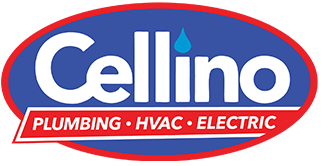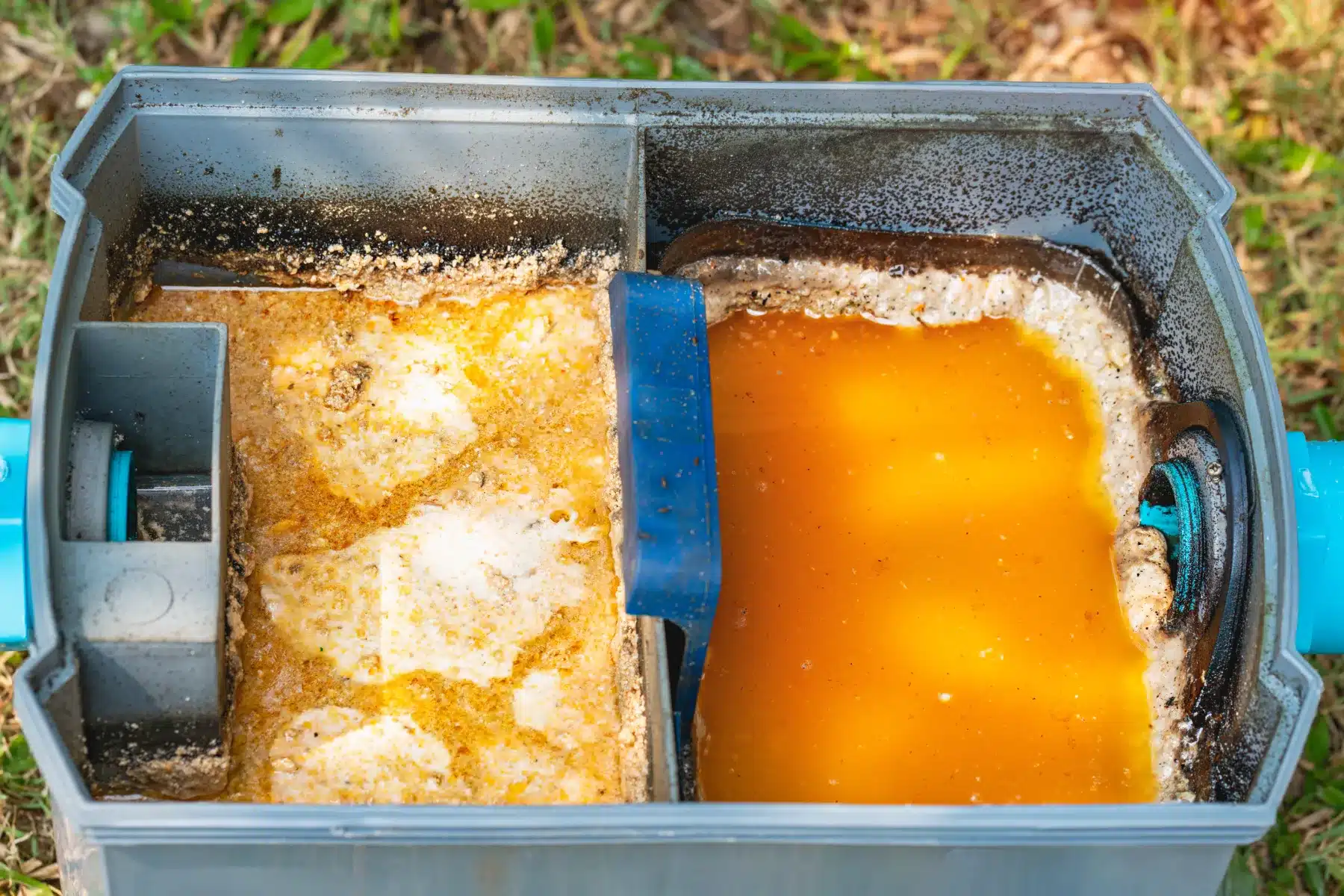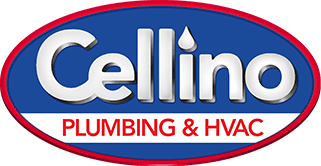Grease traps are essential components of any kitchen, whether it’s in a commercial restaurant or a residential home. When you clean a grease trap, you maintain a clean plumbing efficiency, prevent clogs, and comply with health regulations.
Imagine a clogged drain or a backed-up sewer line. Not only is it a major inconvenience, but it can also lead to costly repairs and even health hazards. Uncleaned grease traps can cause these problems and more.
With our experts at Cellino Plumbing, Heating & Cooling, let’s dive into the world of residential and commercial grease trap cleaning and understand why it’s so important.
Different Types of Grease Traps: Which One is Right for You?
There are two main types of grease traps: hydromechanical and gravity.
Hydromechanical grease trap. These are more complex systems that use a combination of gravity and water to separate grease from wastewater. They are often used in large commercial establishments.
Gravity grease trap. These are simpler systems that rely solely on gravity to separate grease from wastewater. They are commonly used in smaller businesses and residential homes.
Other grease trap types are:
Outdoor grease trap. These traps are designed for outdoor use, such as in food trucks or mobile kitchens. They are typically made of durable materials like stainless steel or concrete.
Plastic grease trap. These traps are made of plastic and are often used in smaller commercial establishments.
Concrete grease trap. Concrete is the go-to commercial kitchen grease trap type for large kitchens and establishments.
3-compartment sink grease trap. This is specially designed for commercial kitchens with 3-compartment sinks. They have three separate compartments for grease, food waste, and wastewater
Knowing the type of grease trap you have is important because it affects how to clean grease traps. Professionals have the expertise to handle both types but understanding the basics can help you maintain your grease trap between professional cleanings.
DIY Grease Trap Cleaning (Steps, Tools, and Challenges)
If you have a small grease trap and are comfortable with DIY projects, you can attempt to clean it yourself. Here are the basic steps on how to clean a grease trap at home:
Gather your tools. You’ll need a bucket, gloves, a mop, and a degreaser.
Empty the trap. Carefully remove the grease trap cover and empty the contents into a bucket.
Scrub the trap. Use a degreaser and a mop to scrub the inside of the trap, removing any remaining grease or debris.
Rinse. Rinse the trap thoroughly with water.
Replace the cover. Securely replace the cover on the grease trap.
Challenges of DIY Grease Trap Cleaning
While DIY cleaning is possible, it’s important to be aware of the challenges involved, such as:
Grease trap smell. Cleaning grease traps can be unpleasant due to the strong odors associated with grease.
Incomplete cleaning. It can be difficult to ensure that all the grease and debris are removed from the trap.
Health hazards. Improper handling of grease can pose health risks, especially if you come into contact with contaminated water.
For larger establishments, if you have a large grease trap with complex grease trap systems, or if you’re uncomfortable with the DIY process, it’s best to leave the cleaning to professionals.
Let the Pros Handle It: The Benefits of Professional Grease Trap Cleaning
Hiring professional grease trap services offers several advantages:
Expertise. They have the knowledge and experience not only to clean grease traps effectively and safely but also to provide grease trap installation and more
Specialized tools. They use specialized equipment and cleaning solutions that can remove even the toughest grease buildup.
Prevention of plumbing and HVAC issues. Regular professional cleaning can help prevent clogs and other plumbing problems, saving you money in the long run.
Regulatory compliance. Professionals can ensure that your grease trap is cleaned following local health regulations.
Time-saving. Professional cleaning can save you time and effort, allowing you to focus on other aspects of your business.
By entrusting your grease trap cleaning to professionals, you can have peace of mind knowing that the job is being done right.
Best Practices for Grease Trap Maintenance
Even with regular professional cleanings, there are steps you can take to maintain your grease trap between services:
Install a grease interceptor. A grease interceptor can help capture grease before it enters the sewer system.
Use bioenzymatic cleaners. These cleaners can help break down grease and prevent buildup.
Avoid pouring excessive grease down drains. Be mindful of the amount of grease you dispose of through your kitchen sink.
Clean up spills promptly. Wipe up spills immediately to prevent grease from accumulating in the drain.
Regularly inspect the grease trap. Check for signs of buildup or leaks.
Follow local regulations. Ensure that you are complying with all local health codes and regulations regarding grease trap maintenance.
By following these tips, you can help prolong the life of your grease trap and reduce the frequency of professional cleanings.
Grease Interceptor vs Grease Trap: What’s the Difference
Grease traps and grease interceptors are both used to capture grease and oil from wastewater before it enters the sewer system. However, the difference between grease traps and grease interceptors lies in their operating principles and suitability for different applications.
Grease Trap:
Function. Relies on gravity to separate grease from wastewater
Application. Commonly used in restaurants, commercial kitchens, and residential homes
Maintenance. Requires regular cleaning to prevent clogs and ensure effective grease removal
Grease Interceptor:
Function. Uses a mechanical process to separate grease from wastewater, often involving a baffle system or a vortex separator
Application. Typically used in larger commercial establishments with high grease loads, such as food processing plants and industrial kitchens
Maintenance. Requires regular cleaning and inspection but may have lower maintenance requirements compared to gravity grease traps
DIY vs Professional Grease Trap Cleaning: A Cost Comparison
While DIY cleaning may seem like a cost-saving option, the long-term cost can actually be higher, here’s a general look for grease trap pricing:
DIY Cleaning:
Upfront cost. You may need to purchase cleaning supplies and tools.
Time and labor cost. Cleaning the grease trap yourself can be time-consuming and physically demanding.
Professional Cleaning:
Upfront cost. You’ll need to pay for the professional cleaning service.
Long-term savings. Regular professional cleaning can help prevent clogs and plumbing issues, saving you money in the long run.
If you attempt to clean a grease trap yourself and miss any spots, it could lead to clogs, plumbing problems, and potentially costly repairs. Additionally, failure to comply with health regulations can result in fines.
In the long run, investing in professional grease trap cleaning can be more cost-effective and hassle-free.
How Often Should You Clean a Grease Trap?
The recommended frequency when you clean a grease trap depends on several factors:
Size of your establishment. Larger establishments that produce more grease will need more frequent cleanings.
Type of grease trap. Hydromechanical grease traps may require more frequent cleaning than gravity grease traps.
Local regulations. Your local health department may have specific requirements regarding grease trap cleaning frequency.
As a general rule, grease traps should be cleaned at least once a month. However, it’s important to consult with local regulations and consider your specific needs.
Regular maintenance is key to avoiding costly blockages and plumbing issues. By cleaning your grease trap on a regular basis, you can help prevent clogs, reduce odors, and ensure compliance with help regulations.
DIY or Professional Grease Trap Cleaning in Buffalo, NY
Whether you should clean your grease trap yourself or hire a professional depends on several factors:
Size of your kitchen. Larger kitchens with higher grease output may require professional cleaning
Grease output. The type of food you serve and your cooking methods can affect the amount of grease produced
Type of grease trap. Complex grease trap systems may be best handled by professionals
Local health regulations. Your local health department may have specific requirements for grease trap cleaning
If you’re unsure whether to handle the cleaning yourself or hire a professional, it’s always a good idea to consult with a plumbing expert. They can assess your needs and recommend the best course of action.
At Cellino Plumbing, Heating & Cooling, we’re happy to provide you with a free consultation to help you determine the best cleaning method for your grease trap. Contact us today to schedule an appointment and let our experts guide you through the process.
Partnering with a Professional Plumbing Service
By entrusting your grease trap cleaning to a professional plumbing service, you can ensure the longevity of your plumbing system and reduce the hassle of managing this important task.
At Cellino Plumbing, Heating & Cooling, we offer professional grease trap cleaning services tailored to your specific needs. We have experienced technicians on board who can ensure that your grease trap is cleaned thoroughly and efficiently, helping to prevent plumbing issues and maintain compliance with health regulations.
Contact Cellino Plumbing, Heating & Cooling today to schedule a consultation and learn more about how our professional grease trap cleaning service can benefit your home or business!




